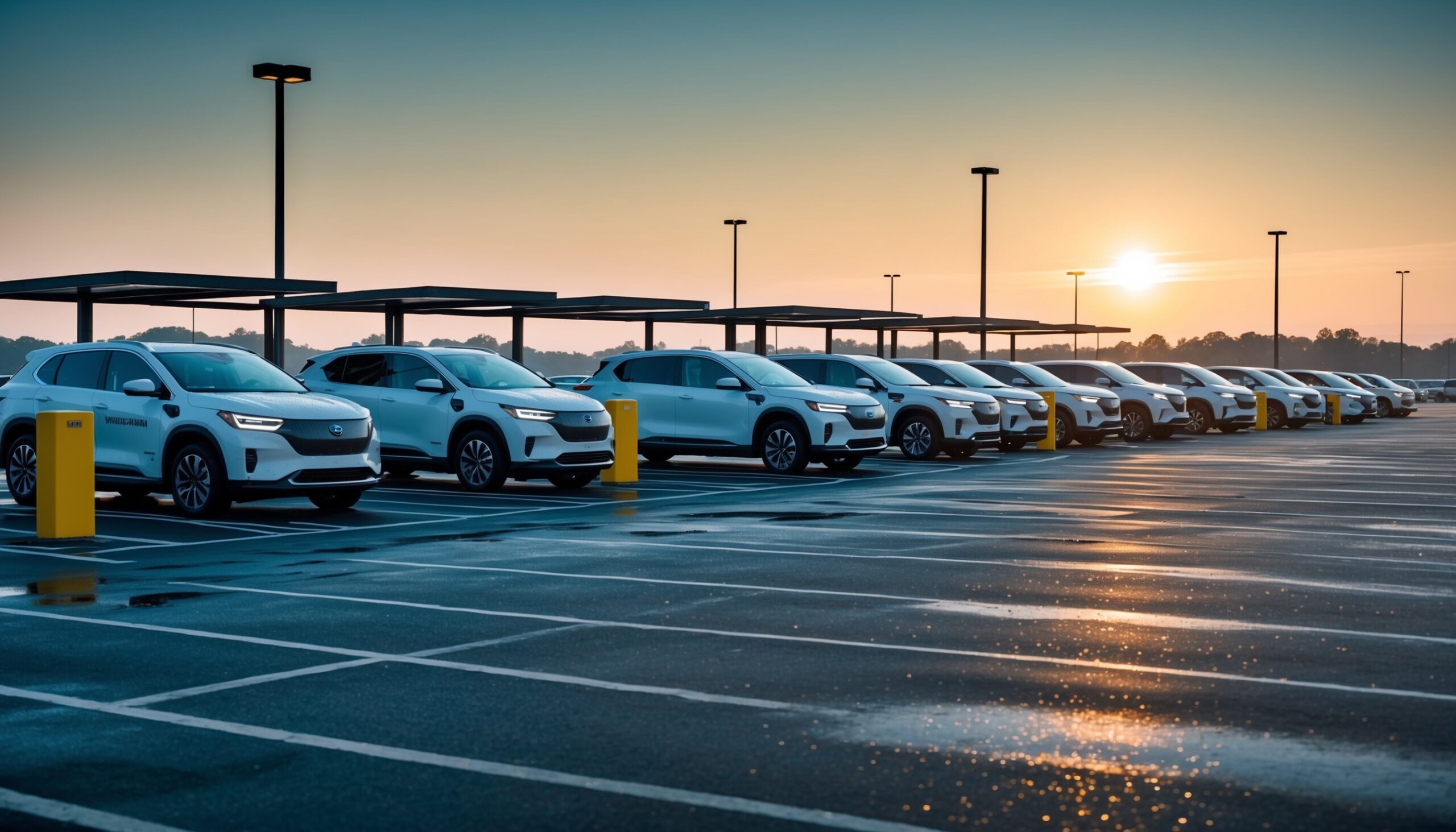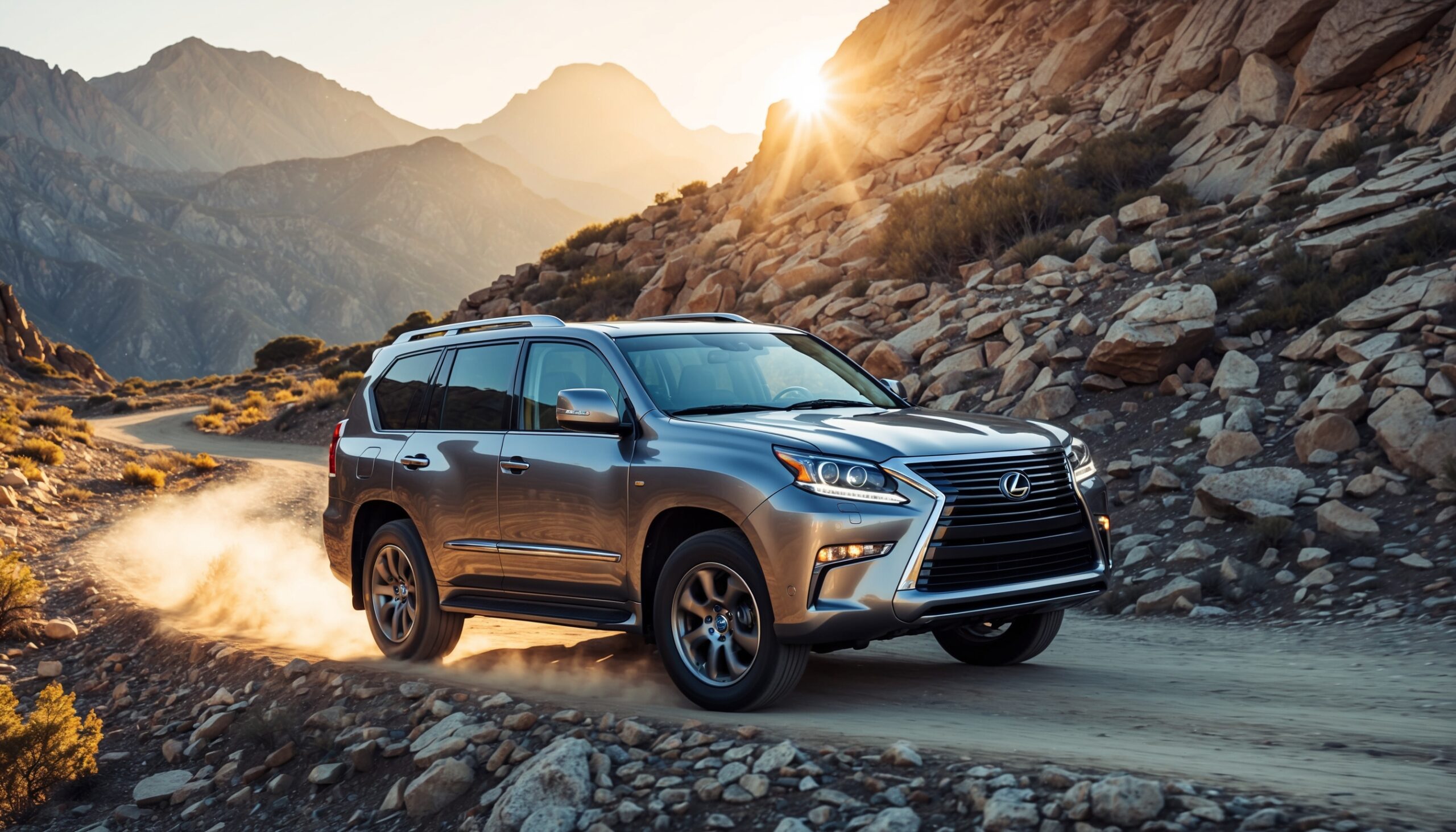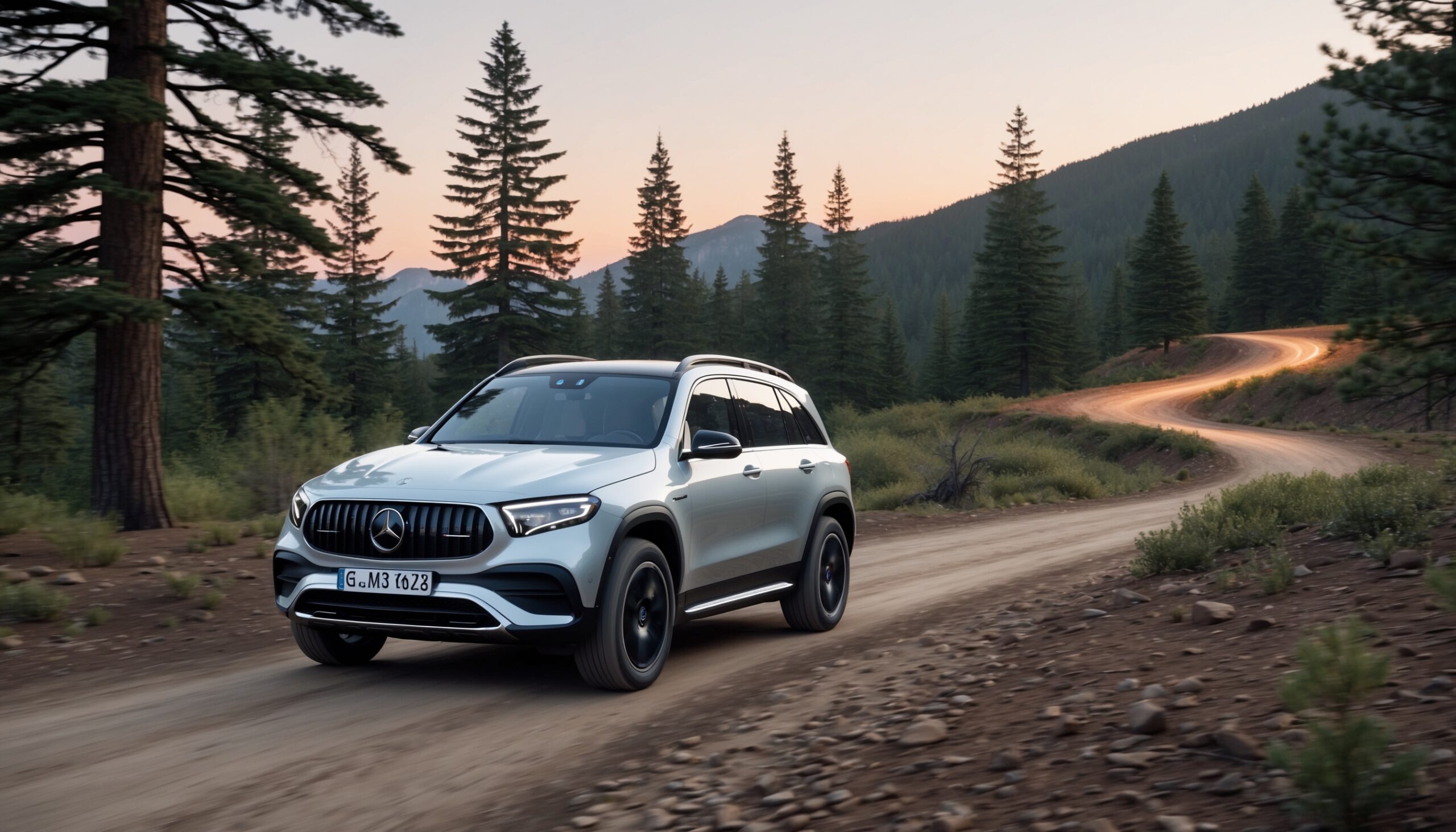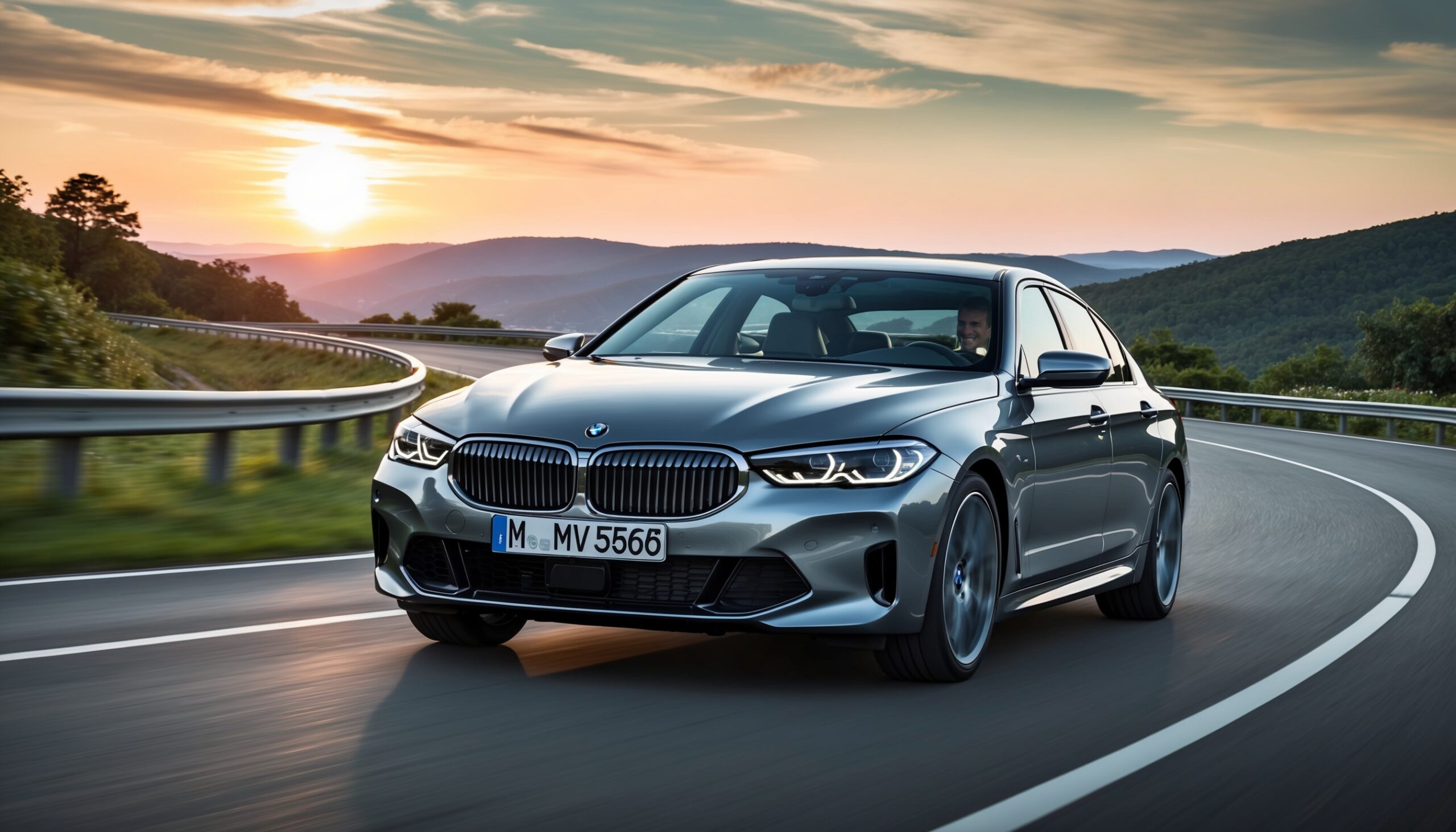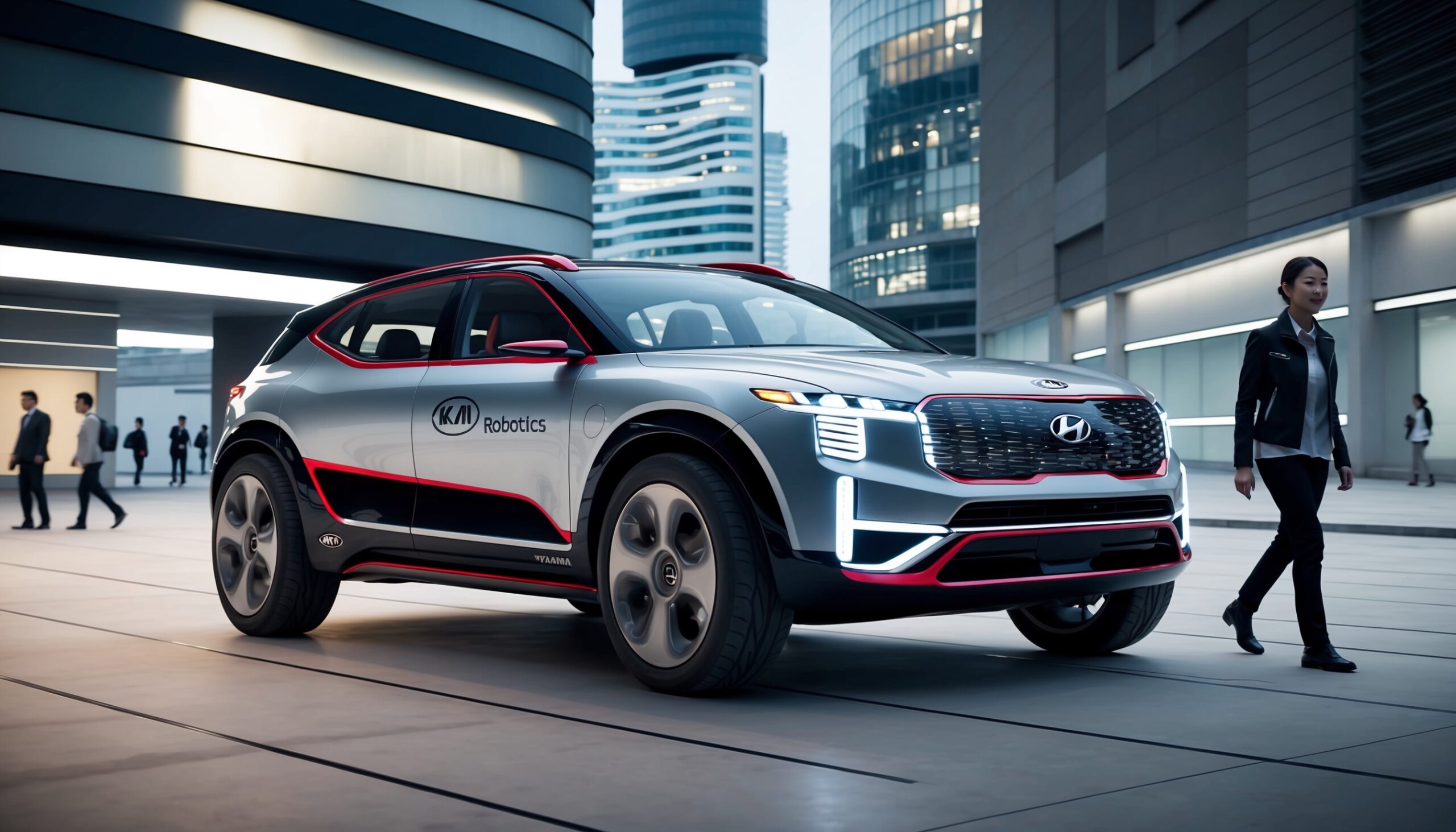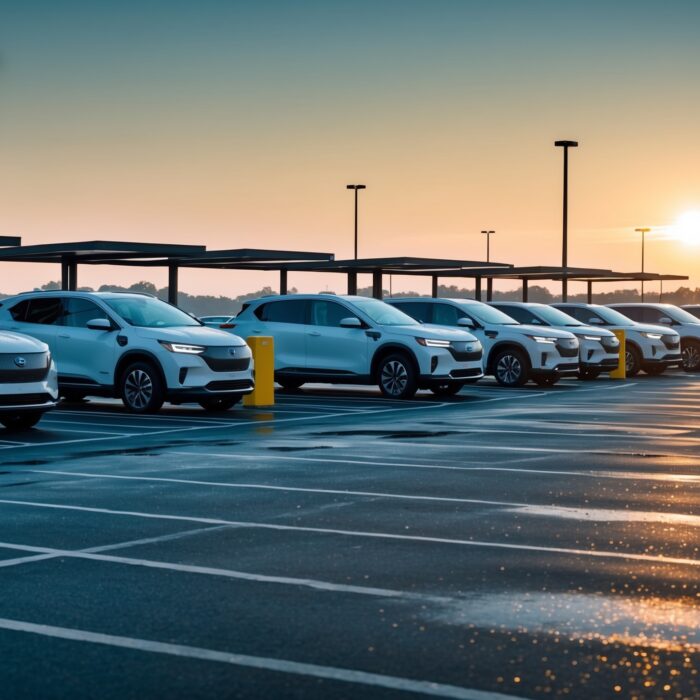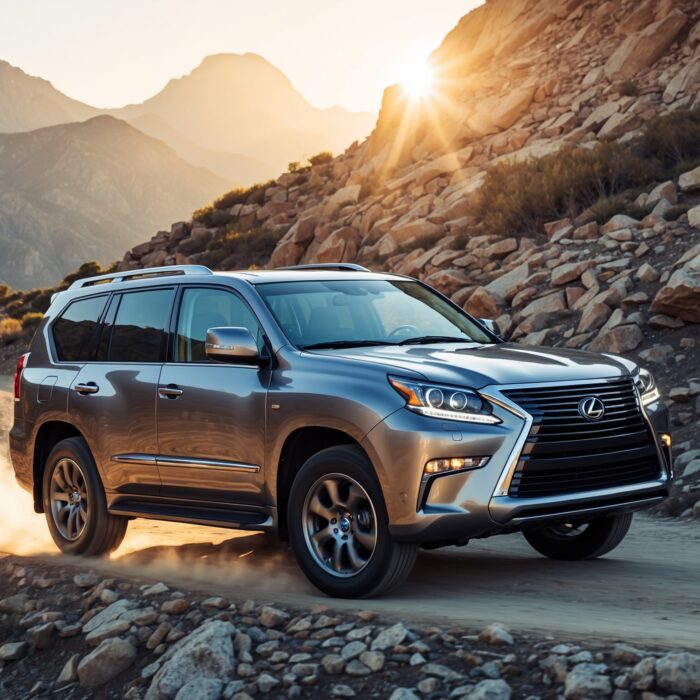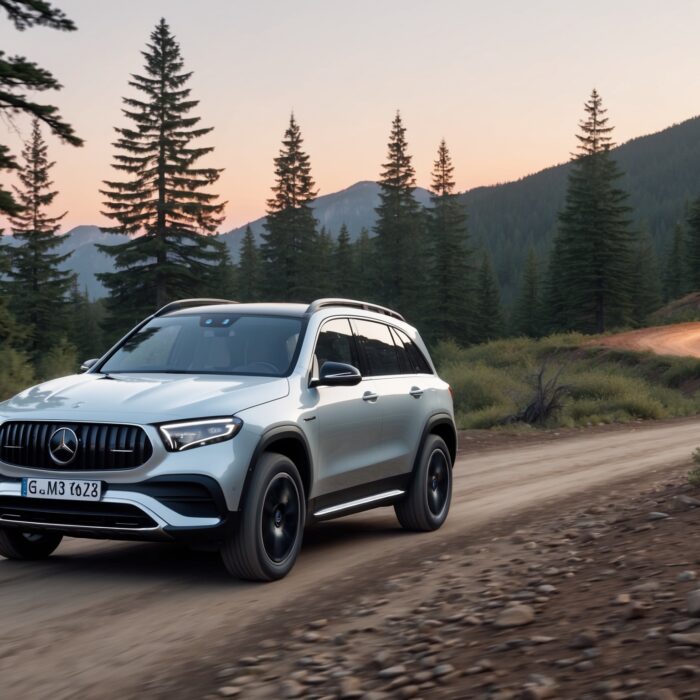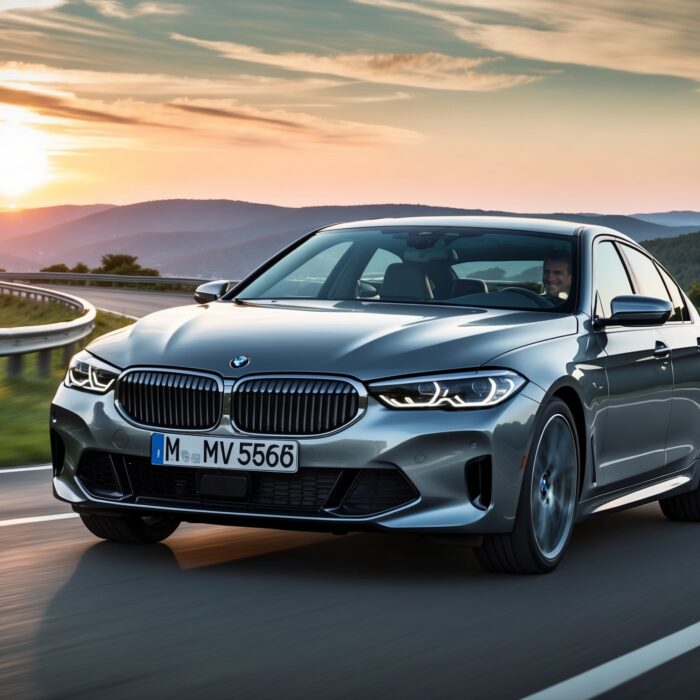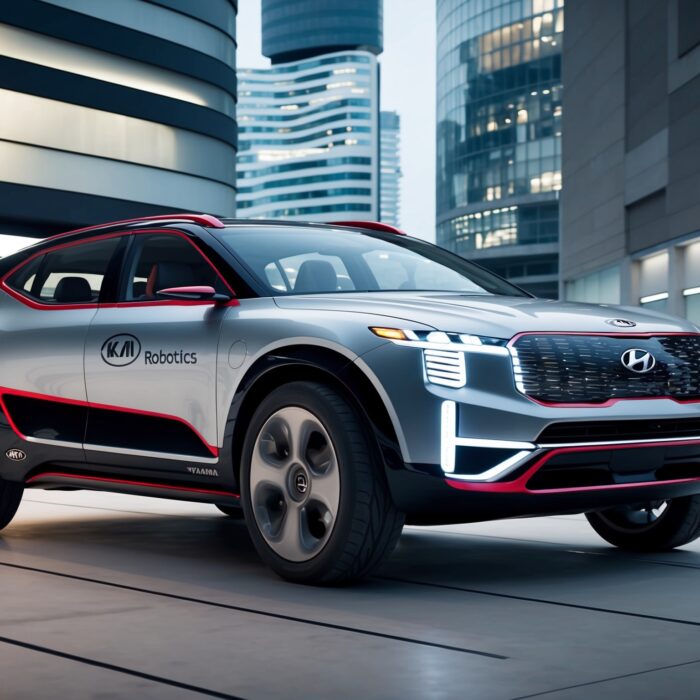Vehicle-to-Grid (V2G) Systems: Is Your EV Ready to Power Your Home?
As electric vehicles (EVs) become more mainstream, the conversation surrounding their capabilities is evolving. One of the most exciting developments in the EV landscape is the concept of Vehicle-to-Grid (V2G) systems. Imagine your electric car not just being a mode of transportation but also a power source for your home. Sounds fascinating, right? Let’s dive into what V2G systems are, how they work, and what it means for you, the car enthusiast.
What is Vehicle-to-Grid (V2G)?
Vehicle-to-Grid (V2G) technology allows electric vehicles to communicate with the electrical grid, enabling two-way energy flow. In simpler terms, your EV can not only draw power from the grid to charge its battery but can also send surplus energy back to the grid or directly to your home. This system is made possible through advancements in battery technology, smart grids, and communication systems.
The Basics of V2G Technology
At its core, V2G operates through a few key components:
- Smart Chargers: These devices facilitate the bidirectional flow of electricity. They are capable of controlling when and how much energy flows in and out of your vehicle.
- Energy Management Systems: These systems help manage energy consumption in your home and monitor the electric grid’s demand, allowing for efficient energy use.
- Grid Integration: V2G technology requires a robust communication system with the grid to ensure that energy distribution is optimized and reliable.
How Does V2G Work?
The magic of V2G lies in its ability to manage energy flow. Here’s how the process typically works:
Charging Your EV
When your EV is plugged into a smart charger, it draws electricity from the grid to charge its battery. This process can happen during off-peak hours when electricity demand is lower, making it more cost-effective.
Also Read: The Future of the Hybrid: Why Plug-in Hybrids are Making a Comeback
Discharging Energy Back to the Grid
Once your vehicle’s battery is charged, it can be programmed to discharge energy back to the grid during peak demand times when electricity prices are higher. This not only helps stabilize the grid but can also earn you credits or incentives from your utility company.
Powering Your Home
If you have a home energy management system, your EV can also supply power directly to your home during outages or peak usage times. Imagine hosting a gathering, and suddenly the power goes out. With V2G technology, your EV could keep the lights on, the fridge running, and even power your entertainment systems!
Benefits of V2G Systems
So, why should you consider V2G systems? Let’s break down the benefits:
1. Cost Savings
By having a V2G system, you can potentially save money on your electricity bills. Charging your EV during off-peak hours and selling energy back to the grid during peak times can lead to significant savings.
2. Grid Stability
V2G technology can play a crucial role in stabilizing the electrical grid. By supplying power during peak demand, EVs can help prevent outages and reduce the need for additional fossil fuel-based power plants.
3. Renewable Energy Integration
As more renewable energy sources come online, V2G systems can help store excess energy generated from these sources. When the sun is shining or the wind is blowing, your EV can capture that energy and make it available when demand is high.
4. Emergency Backup Power
Imagine a scenario where a storm knocks out power to your neighborhood. Your EV could act as a backup generator, providing essential power to your home. This capability makes V2G systems particularly appealing in areas prone to outages.
Are All EVs V2G Compatible?
While the concept of V2G is thrilling, not all electric vehicles are currently equipped to support this technology. Here’s what you need to know:
1. Current EV Models
As of now, only a handful of EV models are designed with V2G capabilities. Some of the notable mentions include:
- Nissan Leaf: One of the first mainstream EVs to adopt V2G technology.
- BMW 5 Series: Offers V2G functionality in select markets.
- Ford F-150 Lightning: This electric truck is designed with home power backup features.
2. Future EV Models
Many manufacturers are actively working on integrating V2G capabilities into their upcoming models. As technology progresses, it’s likely that more EVs will enter the market with V2G support.
Also Read: Urban Air Mobility (UAM): The Auto Industry's Push into Flying Taxis
3. Infrastructure Requirements
In addition to having a compatible vehicle, you’ll need a smart charger and an energy management system installed at your home. These components work together to enable the V2G functionality.
The Role of Government and Utilities
For V2G technology to flourish, support from government entities and utility companies is essential. Here’s how they can contribute:
1. Incentives and Rebates
Government programs that provide financial incentives for EV purchases, V2G installations, and renewable energy usage can help accelerate the adoption of V2G systems. These initiatives make it more affordable for consumers to invest in the necessary technology.
2. Infrastructure Development
Utility companies play a critical role in developing the infrastructure needed for V2G systems. This includes upgrading the grid to handle bidirectional energy flow and implementing smart grid technologies that facilitate communication between vehicles and the grid.
3. Education and Awareness
Raising awareness about the benefits and functionality of V2G systems can encourage more consumers to consider this technology. Educational campaigns can help demystify the technology and promote its advantages.
Challenges Facing V2G Adoption
While the potential benefits of V2G systems are enticing, several challenges must be addressed before widespread adoption can occur:
1. Regulatory Hurdles
The regulatory landscape surrounding V2G technology is still evolving. Different regions have varying rules regarding energy distribution, which can complicate the implementation of V2G systems.
2. Investment Costs
While V2G systems can lead to long-term savings, the initial investment for smart chargers and home energy management systems can be high. Consumers may be hesitant to invest without clear short-term benefits.
3. Consumer Awareness
Many consumers are still unaware of what V2G technology is and how it can benefit them. Increasing knowledge and understanding will be crucial for driving adoption.
Future of V2G Systems
The future of V2G systems looks promising, especially as more consumers transition to electric vehicles. Here are some trends to watch for:
1. Increased EV Adoption
As electric vehicles become more popular, the demand for V2G technology will likely grow. More EVs on the road mean more potential for energy storage and grid stabilization.
2. Technological Advancements
Ongoing research and development in battery technology, smart grids, and communication systems will pave the way for more efficient and effective V2G solutions. Expect to see improvements in energy management systems that make it easier for consumers to harness the power of V2G.
3. Broader Utility Engagement
Utilities are beginning to recognize the potential of V2G systems and are exploring ways to engage with consumers. We may see more programs that incentivize EV owners to participate in V2G initiatives, further enhancing the grid’s resilience.
Final Thoughts
Vehicle-to-Grid technology is at the forefront of the electric vehicle revolution, bridging the gap between transportation and energy management. For car enthusiasts, the idea of your EV powering your home opens up a world of possibilities. As this technology matures, it has the potential to transform the way we think about energy consumption and vehicle ownership.
Whether you’re an EV owner or considering making the switch, understanding V2G systems is essential. Not only do they offer a glimpse into the future of sustainable energy, but they also provide practical benefits that can enhance your daily life. Stay tuned to Torque Feed for the latest updates on V2G technology and electric vehicles, and get ready to embrace the future of driving!

